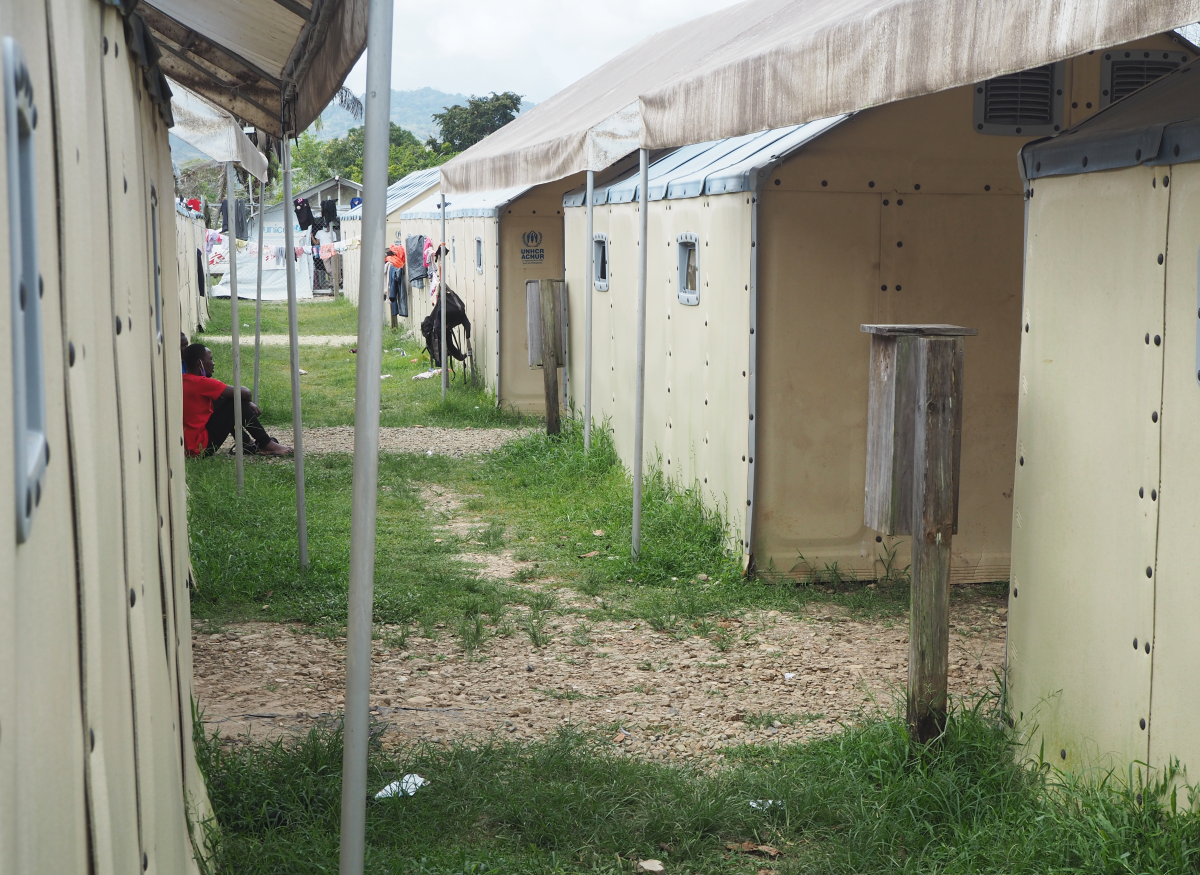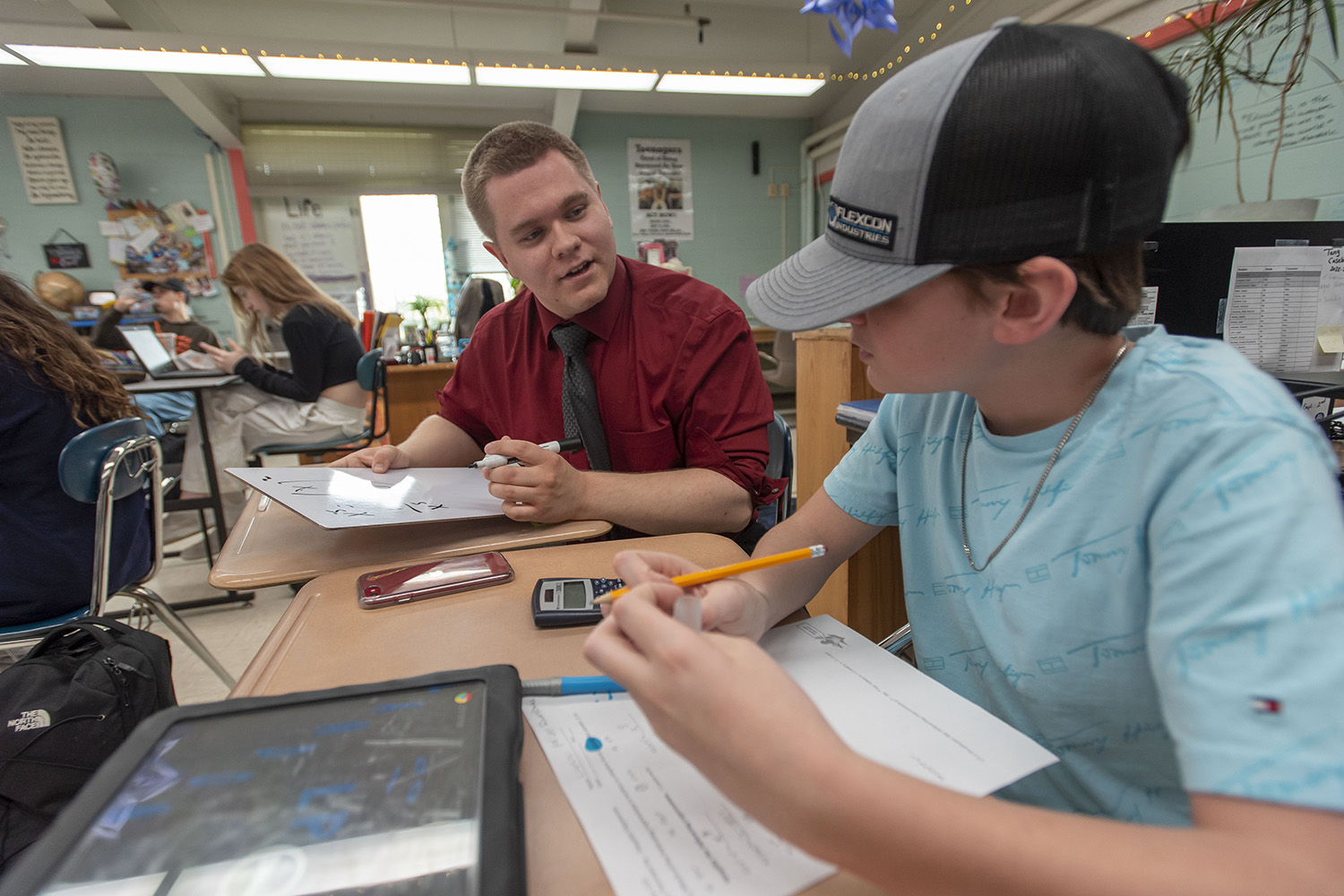By Kate Kurtin
In 2002, as a response to the September 11 terrorist attacks, President Bush announced the establishment of the Department of Homeland Security (DHS) to coordinate “homeland security” efforts. The mission of the office and collaborative partners is to “prevent terrorist attacks within the United States; reduce the vulnerability of the United States to terrorism; minimize the damage, and assist in the recovery from terrorist attacks that do occur within the United States” (www.dhs.gov). Compelling these efforts was the catastrophic failure of the Twin Towers in response to the explosive force of the striking airplanes and the subsequent fire that resulted from the attack. Until 9/11, structural studies had focused on the development of buildings capable of withstanding either blast loading or exposure to fire; however, structural materials that can successfully mitigate both threats have yet to be developed.
Responding to this need, Rainer Hebert, Bryan Huey, and George Rossetti – all Chemical, Materials & Biomolecular Engineering (CBME) professors from UConn; Jeong-Ho Kim, of UConn’s Civil & Environmental Engineering (CEE); Richard Riman (Rutgers University) and Arun Shukla (University of Rhode Island) put together a proposal to develop material concepts for blast and fire resistance. “What we have in mind is to essentially take advantage of the blast waves,” Dr. Hebert explained. “Instead of looking at the blast waves as detrimental, we propose to see them as transforming the materials that we have developed into new materials that can then withstand fire.” The proposal was accepted in early 2010 and the team is starting to come together to get started.
With the official kick-off in July 2010, this is still a very young project, but both the research team and their contact in DHS are clear on their objectives. “The goal of the research is primarily to develop long-range concepts more than quick solutions that can be commercialized in the near term,” Dr. Hebert observed.
Working on these solutions, Dr. Hebert’s primary task is synthesis – how to make the materials to be used, and specifically, how to combine and select composite materials. Drs. Huey and Rossetti are collaborating on the characteristics side and on micro-structures. At Rutgers, meanwhile, Dr. Riman is in charge of developing advanced oxide materials and on attaching them to the metal. Dr. Shukla, a blast expert, will expose the sample materials to blast loadings in his specialized laboratory at the University of Rhode Island.
The team is looking at purely metallic materials. Other research has used polymeric, elastomeric, or textile materials but none can protect against the high fire temperatures as well as metal. “Most polymers cannot survive 800-900 degrees Celsius, which is a very realistic temperature,” Dr. Hebert explained. As of now, there is no designated industry standard for this level of protective materials; the closest is a composite material. “Protecting against blast and fire is certainly the novelty. There is a community that looks at blasts, and a community that looks at fire, and they don’t necessarily care about each other’s research. The combination is novel,” Dr. Hebert said.
These researchers are not the first to attempt to create a safer building material, and Dr. Hebert explained that most of the materials research on blast resistance is restricted to national labs and the private sector and therefore not widely disseminated among the public. The team remains undaunted, thanks to the varied and high level of expertise among its members who are confident they will be able to bring something new to the table in the next two years.


